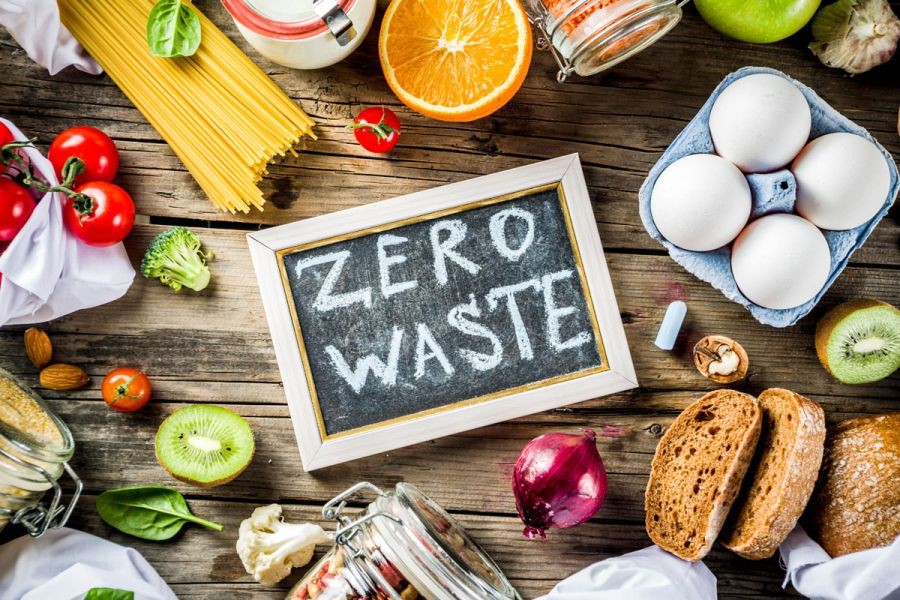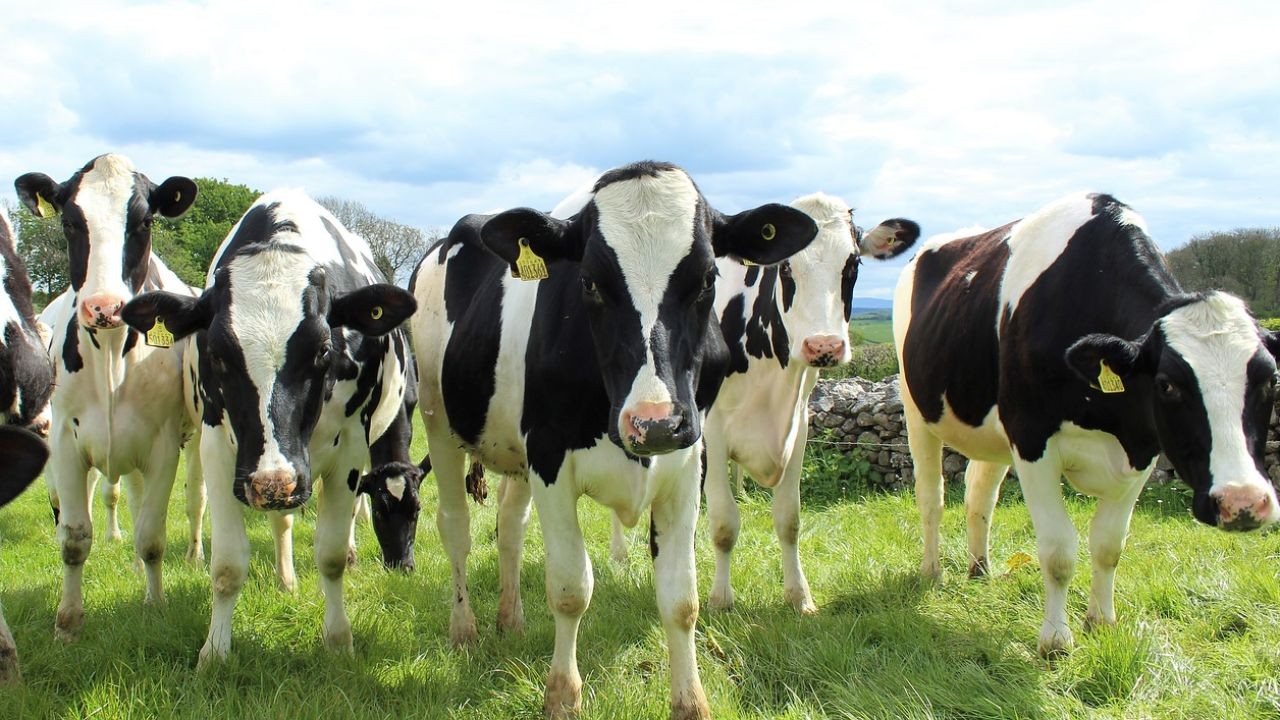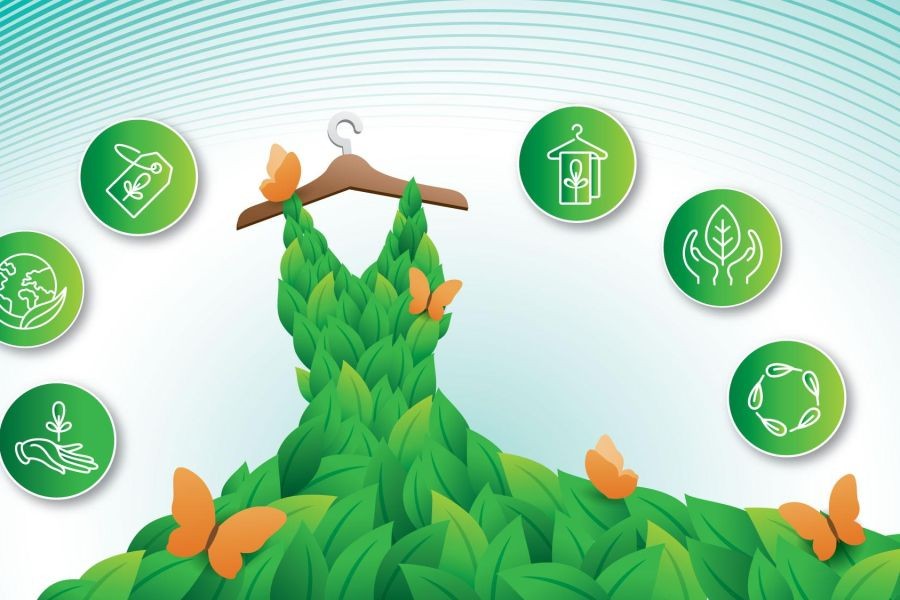Amidst the global push for renewable energy, a curious trend emerges in Australia: some farmers are opposing the rapid expansion of renewable projects. This resistance, while seemingly counterintuitive given the environmental benefits, is rooted in complex socio-economic and practical concerns unique to the Australian landscape. Understanding this dynamic is crucial for data scientists, policymakers, and stakeholders navigating the intersection of agriculture and renewable energy.
Understanding the Australian Agricultural Landscape
Australia's agricultural sector is a cornerstone of its economy, contributing significantly to GDP and employment. According to the Australian Bureau of Statistics (ABS), the agriculture, forestry, and fishing sector contributed approximately 2.2% to the GDP in 2022. This sector is not only vital for economic stability but also deeply entwined with the nation’s cultural and social fabric.
However, the landscape is changing. The Australian government has committed to ambitious renewable energy targets, aiming to derive 82% of electricity from renewable sources by 2030. This transition, while necessary for combating climate change, presents challenges for farmers who are being asked to accommodate wind turbines and solar panels on their land.
Key Concerns of Australian Farmers
Farmers' opposition to renewable energy projects often stems from a combination of practical concerns and economic implications:
- Land Use and Productivity: Installation of large-scale renewable energy infrastructure can lead to a reduction in available farmland. Farmers fear that this could impact their productivity and, consequently, their livelihoods.
- Environmental Impact: Ironically, some farmers worry about the environmental impact of renewable projects. The construction and maintenance of wind and solar farms can disrupt local ecosystems and biodiversity.
- Economic Uncertainty: There is also an economic dimension. Farmers are concerned about the financial implications, including potential decreases in property values and the complex financial arrangements offered by energy companies.
These issues are not trivial. According to a report by the Australian Competition & Consumer Commission (ACCC), the economic implications of renewable energy projects can vary significantly, leading to uncertainty for landowners.
Case Study: The Narrabri Region
One illustrative example is the Narrabri region in New South Wales, where local farmers have expressed significant concerns about proposed wind farms. The region, known for its rich agricultural output, faces a potential transformation with the introduction of large-scale renewable projects.
In Narrabri, farmers have voiced concerns that wind farms could affect the microclimate, impacting crop yields. Additionally, the visual and noise pollution associated with turbines is seen as detrimental to both agricultural productivity and local tourism, a secondary income source for many farmers.
Result:
Despite these challenges, a collaborative approach has been taken. Local councils and energy companies are engaging with farmers to address concerns through community meetings and compensation schemes. This dialogue is crucial for achieving a balance between renewable energy expansion and agricultural sustainability.
Global Perspective and Local Relevance
Globally, similar tensions exist. In Germany, for instance, farmers have raised concerns about the impact of solar farms on arable land. However, the German government has implemented policies to integrate agriculture with renewable energy, such as agro-photovoltaics, which allow for dual land use.
Such international examples can offer valuable lessons for Australia. By exploring integrated models, similar to Germany’s, Australia could better align its renewable energy goals with agricultural interests, ensuring that both sectors thrive.
Policy and Regulatory Insights
Australian policymakers are increasingly aware of the need to harmonize renewable energy policies with agricultural interests. The Australian Energy Regulator (AER) is actively working on guidelines to streamline project approvals while ensuring that agricultural concerns are adequately addressed.
Furthermore, incentives for farmers to adopt renewable technologies themselves, such as solar panels on barns and sheds or small-scale wind turbines, are being explored. These initiatives aim to empower farmers to become active participants in the renewable energy transition, rather than passive stakeholders.
Future Trends and Predictions
Looking ahead, the integration of technology and agriculture may offer solutions. Innovations in precision agriculture, powered by AI and IoT, can help optimize land use, potentially mitigating the impact of renewable installations on farming operations.
Moreover, as the renewable energy sector matures, we can expect to see more sophisticated financial models that offer greater economic certainty for farmers. By 2030, it is predicted that over 50% of Australian farms will integrate some form of renewable energy, either through partnerships or independent installations.
Conclusion
The intersection of agriculture and renewable energy in Australia is a complex and evolving landscape. As the nation strives towards a sustainable future, the concerns of farmers must be at the forefront of policy discussions. By leveraging data and innovative solutions, there is an opportunity to create a harmonious balance that benefits both the environment and the agricultural sector.
In conclusion, the path to a sustainable energy future in Australia requires careful navigation of socio-economic landscapes. For those involved in policy-making, data science, and agriculture, understanding these dynamics is crucial. As the dialogue continues, it is essential to ensure that all voices are heard and that sustainable solutions are found.
Final Takeaway & Call to Action
What strategies can be implemented to better integrate renewable energy with agriculture in Australia? Share your insights and join the conversation.
Related Search Queries
- Australian agriculture and renewable energy conflict
- Impact of renewable energy on farming in Australia
- Sustainable energy solutions for Australian farmers
- Renewable energy policies in Australia 2025
- Agriculture and renewable energy integration






























zacnovotny236
3 months ago